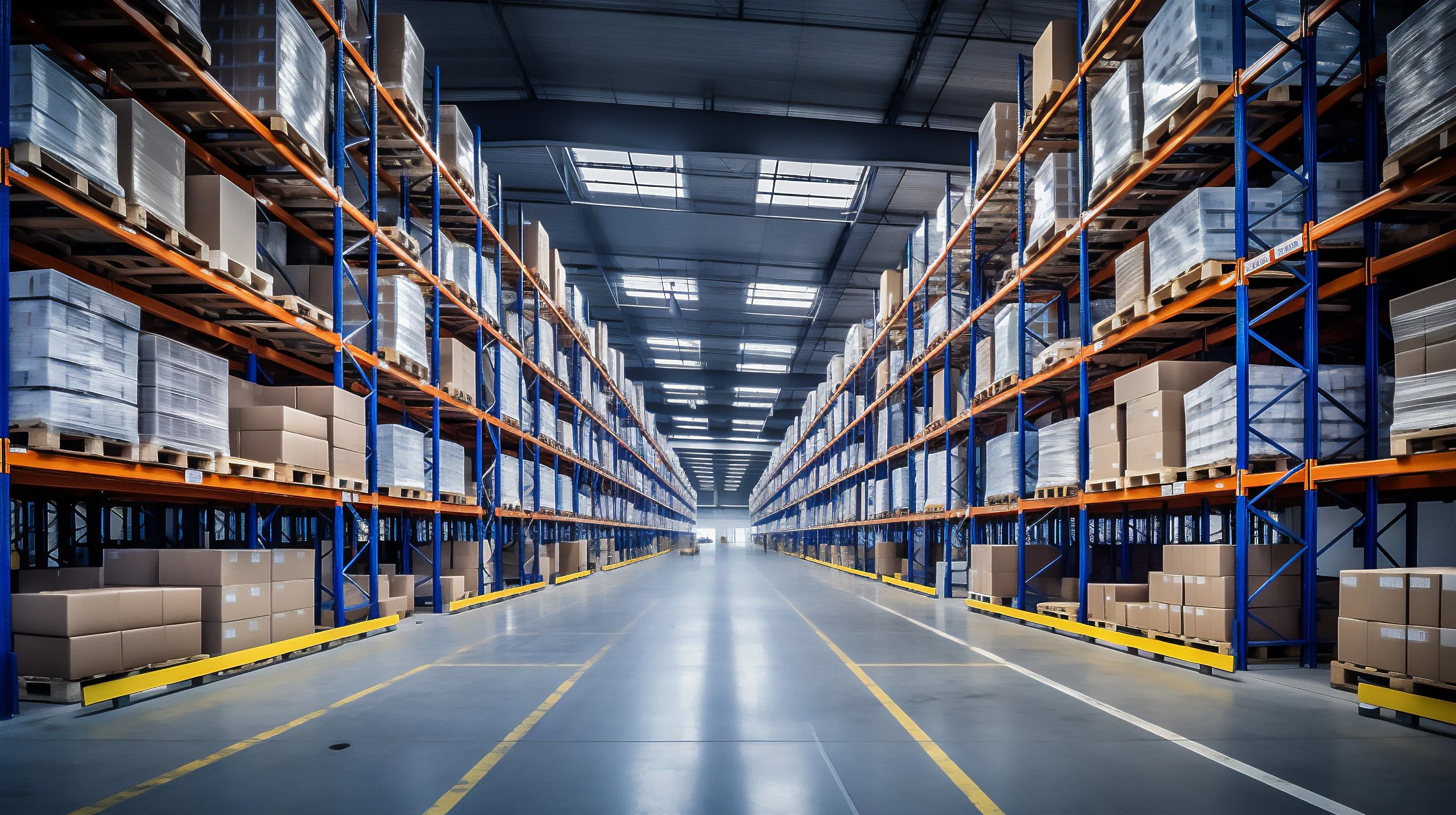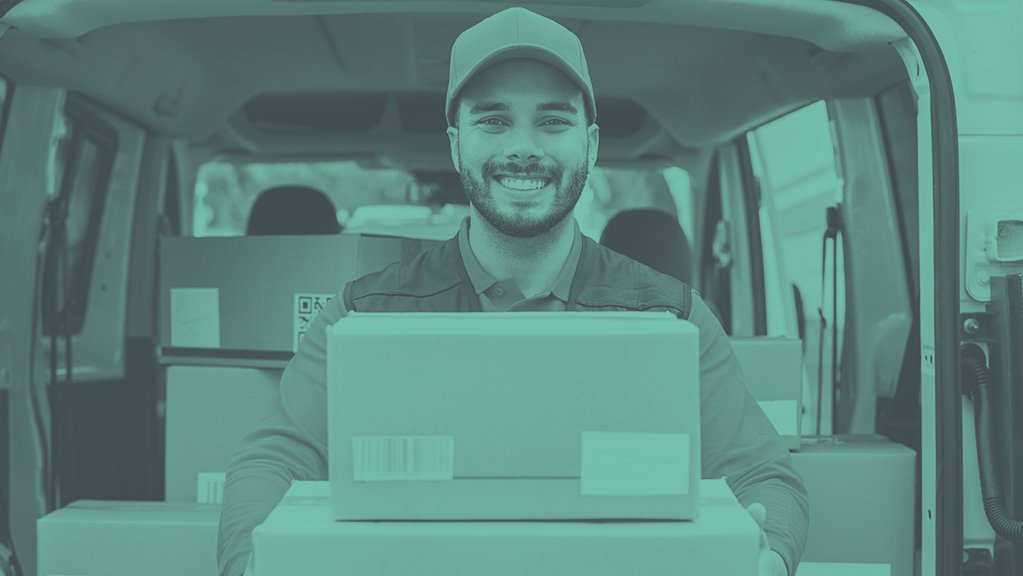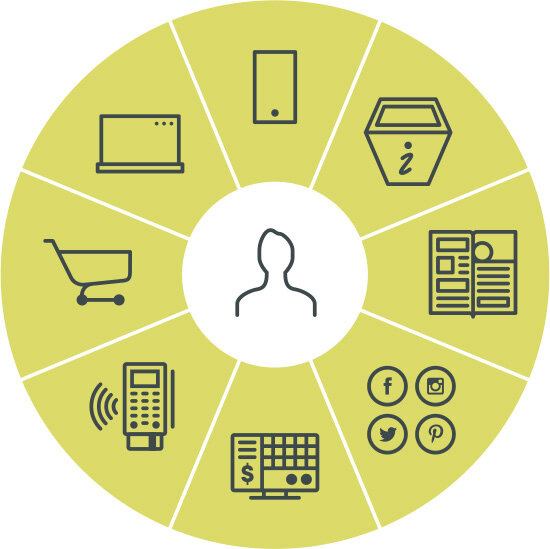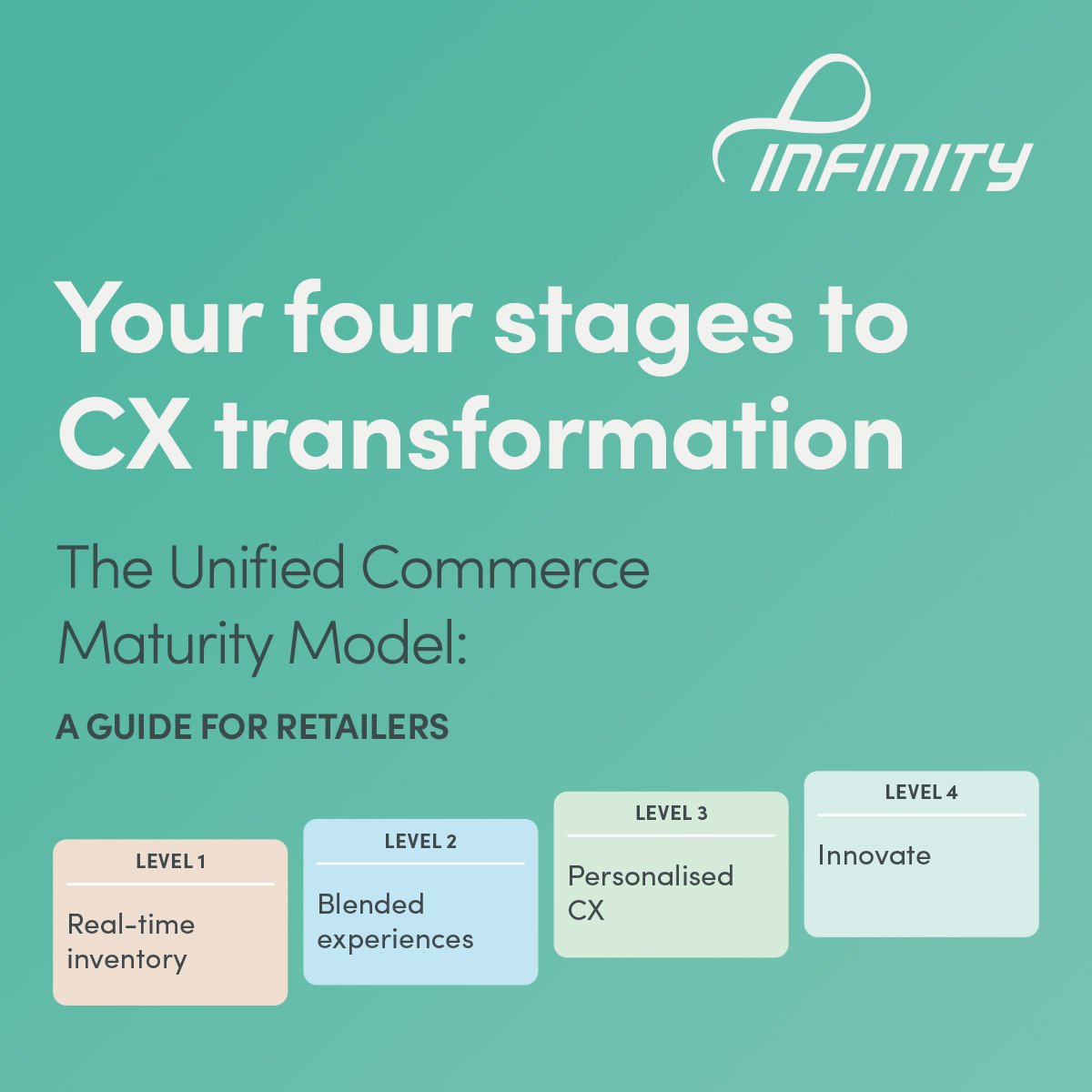Can you deliver to changing customer needs? Here’s how to simplify and streamline interactions with your brand and fulfil the promise of omnichannel retail.
1
Get tight control of your inventory
2
Extend your brand experience across all channels
3
Create delightful, personalised shopping experiences
4
Innovate, innovate, innovate
Omnichannel retail promised to make things better for customers by delivering unified shopping experiences, but the execution has left gaps in the user experience.
Shoppers today have numerous selling channels available to them, but silos mean that customers can’t just hop between channels in one seamless interaction and must deal with inconsistencies that lead to disappointment and frustration.
Omnichannel has also made it much tougher for retailers. Today it’s not just about providing multiple options – it’s about delivering a frictionless experience no matter where or when customers shop. This variety is overwhelming retailers, with 47% saying there are too many channels for them to effectively deliver the best experience.
And many omnichannel set-ups neglect to take full take advantage of stores, which provide unparalleled opportunities to provide excellent service and personalised recommendations to retain loyal customers, as well as take on activities such as returns, fulfilment, endless aisle orders, in-store wishlists and more.
That’s why retailers are moving from omnichannel to an integrated unified commerce platform strategy.
Unified commerce makes it easy to meet and even exceed customer expectations by creating a ‘one brand’ experience everywhere your customers shop while solving the problems and restrictions of omnichannel retail.
It’s gaining momentum, with 20% of retailers heavily investing in unified commerce, 32% beginning to invest and 36% considering doing so. Retailers who used unified commerce in 2022 saw an impressive 7% revenue boost over those who did not.
And the transition to unified commerce is simpler than many think.
Retailers can quickly reap the benefits by following these four stages:
Stage 1: Get tight control of your inventory
Ensure you can accurately manage your inventory levels across all your locations and customer touchpoints by centralising your inventory information in near real time.
With a unified inventory management system in place, you can guarantee you’ve got the right inventory available in each location, without carrying the cost of overstocking or “buffers”. You can optimise your product range by matching stock to each store’s location, community and demographics while still giving access to your complete range via endless aisle. You can also react to trends quickly, and forecast demand based on historical data, sales forecasts and seasonal variations.
See how Night ‘n Day started with inventory to create great customer experiences and increase net profit by around $12,000 a year for each store.
Stage 2: Extend your brand experience across all channels
Once your inventory is under control, you’re free to increase your purchasing, ordering and fulfilment options. To do that, you’ll need to move from multichannel silos to a unified commerce platform that provides a strong order management capability.
Exposing, rather than replicating, inventory and customer data from your platform to each channel means everything stays in sync. Your staff and customers will have consistent product visibility and can expect fluid and accurate interactions, whether in-store, on mobile or online.
And with real-time data on stock levels, you’ll be able to see where inventory is located, find the lowest cost or fastest fulfilment route, and provide better promotions.
Here’s how Cue Clothing is using unified commerce to combine physical and digital channels into a ‘one-brand’ experience.
Stage 3: Create delightful, personalised shopping experiences
Now you can build genuinely meaningful customer experiences. With a single view of customer, order and inventory data, you can treat each customer as an individual, all the time – one person with one account, interacting with one unified brand.
Make your loyalty programme your cornerstone for innovation, delivering the unified and personalised experiences customers expect. Use AI and data from online and offline channels to deliver timely and personalised communications, recommendations, offers and rewards across in-store and digital touchpoints, including desktop web, mobile web, mobile apps, email and social.
By delivering each customer a powerful, tailored, one-of-a-kind experience across all channels and touchpoints, you’ll create rich emotional connections, drive up conversions and send transaction values soaring.
Stage 4: Innovate
Your unified commerce platform is now your hub for innovation - a springboard for adding new channels and services to take advantage of new capabilities and deliver results at a speed and scale that would be unachievable within a traditional omnichannel model.
By using agile methodologies and APIs to expose data and functions, and easily plug in and deploy new services, channels and devices, you’ll reduce integration and maintenance overheads, increase real-time accuracy and enjoy virtually limitless scalability and agility. And by seamlessly embedding purchasing opportunities into everyday activities, you’ll make the shopping experience seamless for the consumer.
The end result is the ability to create extraordinary customer experiences that help to capture market opportunities, generate additional revenue and build brand advocacy.
See how APIs can help you innovate at pace and build powerful ecosystems to give customers extraordinary experiences.
This post was originally published May 2019 and updated on 28 August 2023.
If you’re urgently revamping your omnichannel capabilities and want advice on which projects to tackle first, our checklist could help. It will let you assess where you are at against retail leaders and decide what you need to improve. Download it here.
































